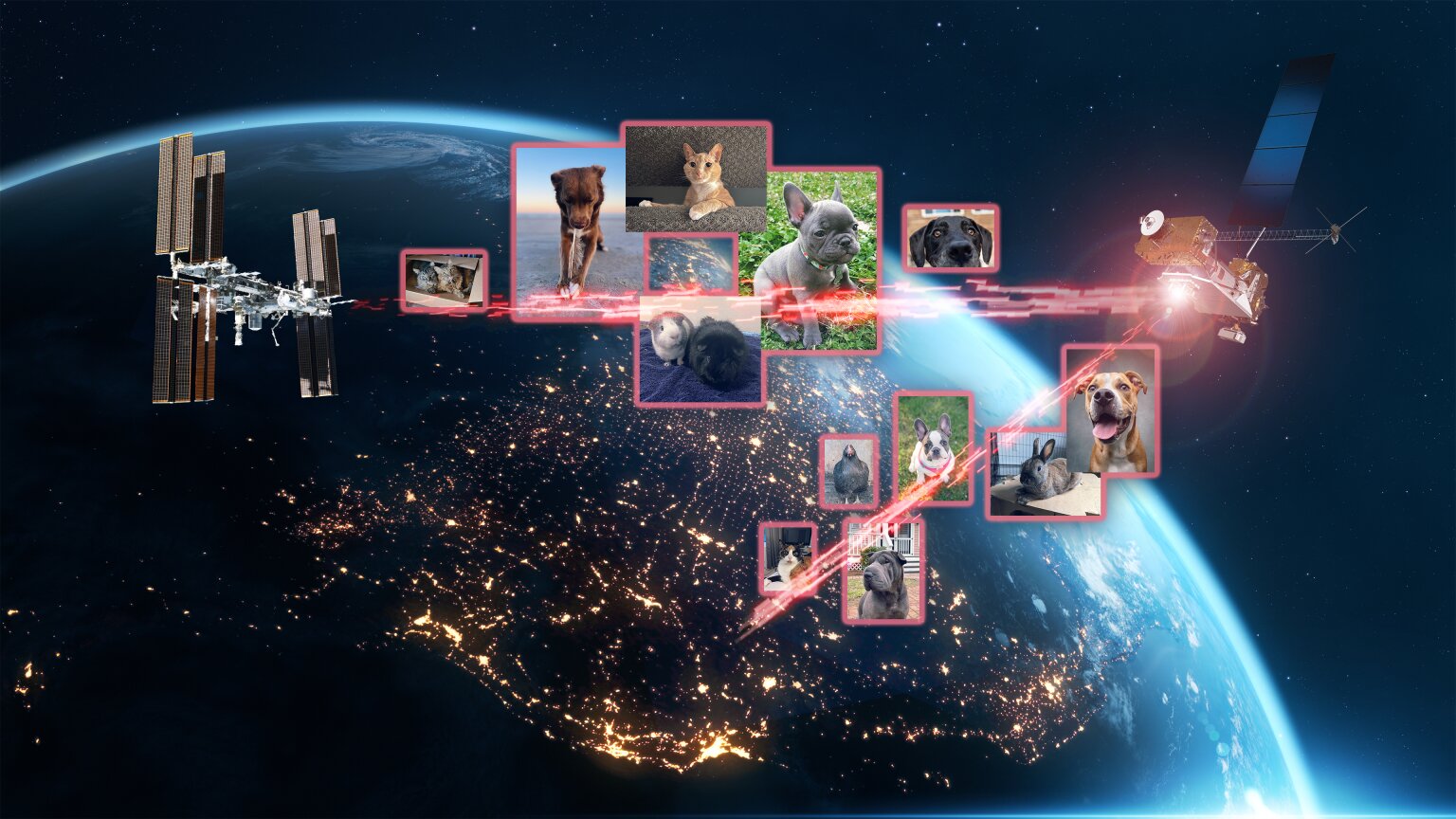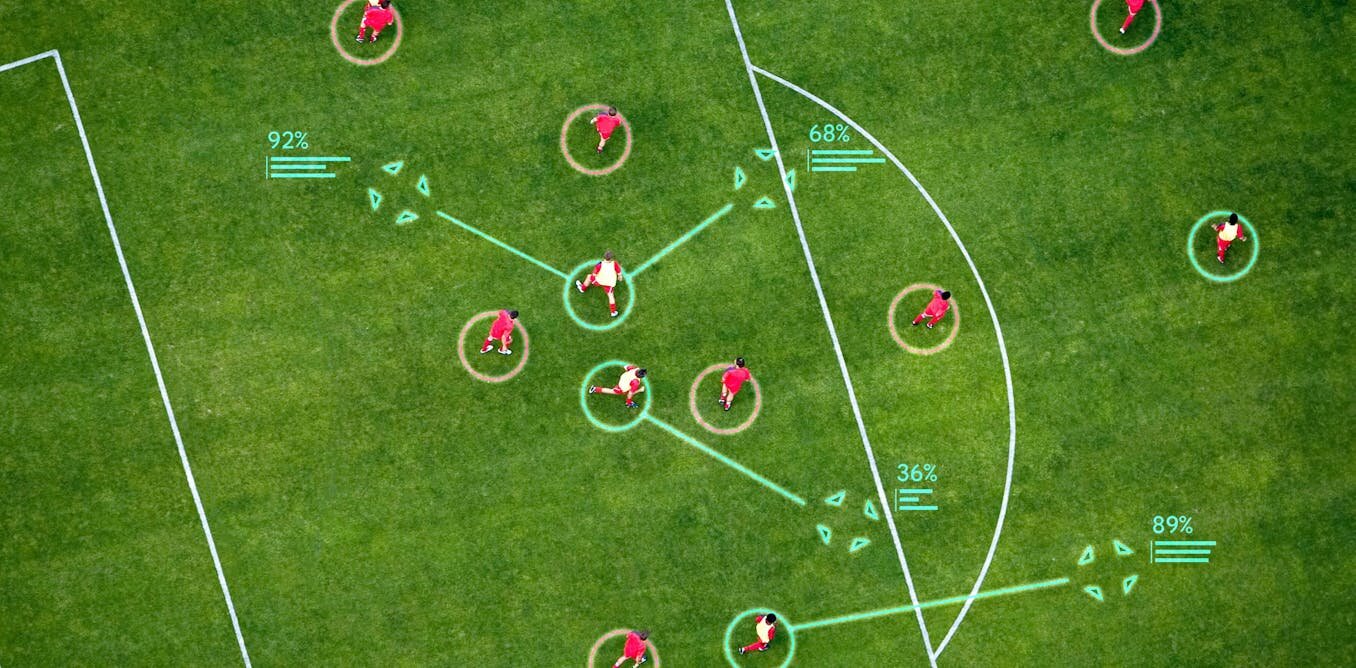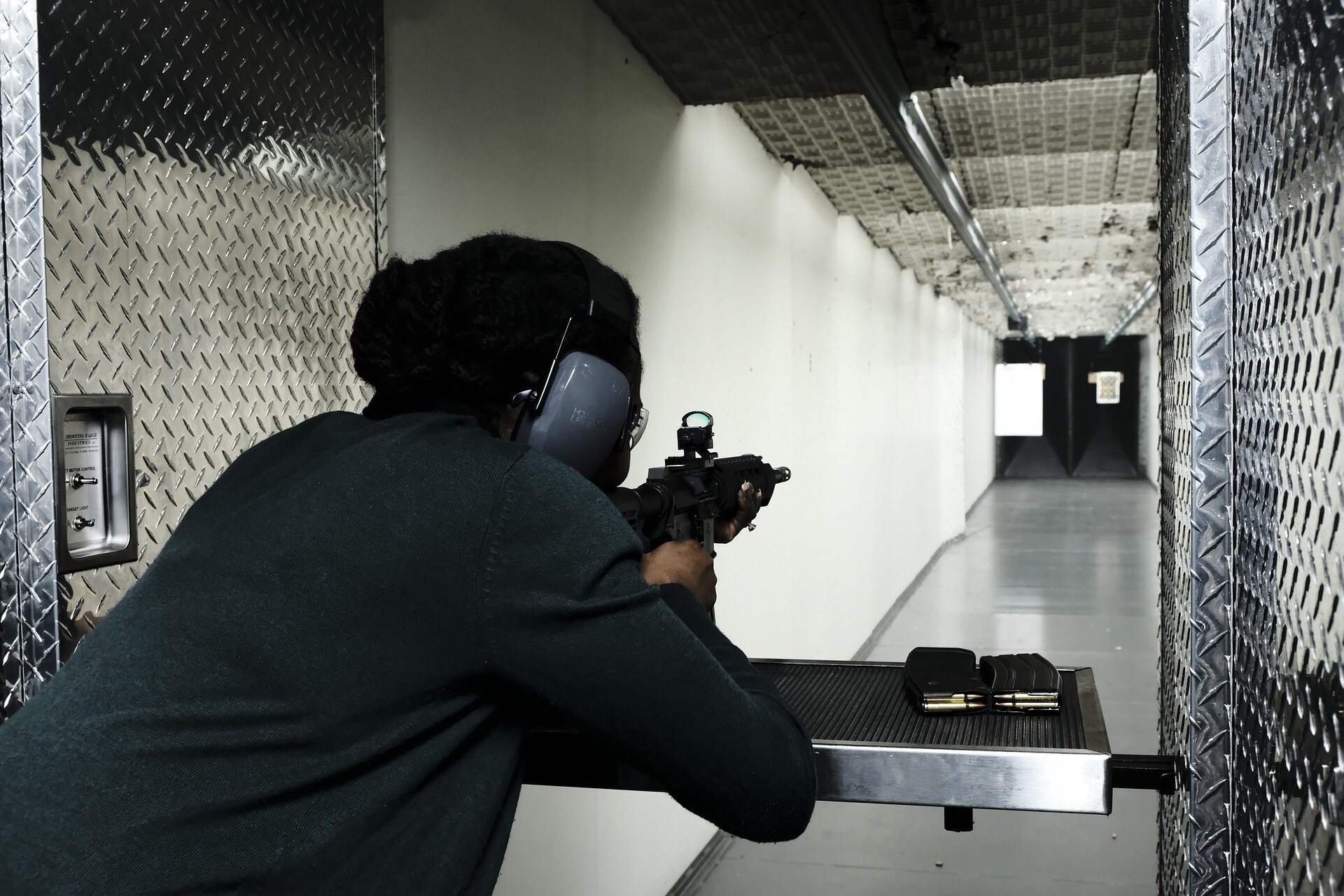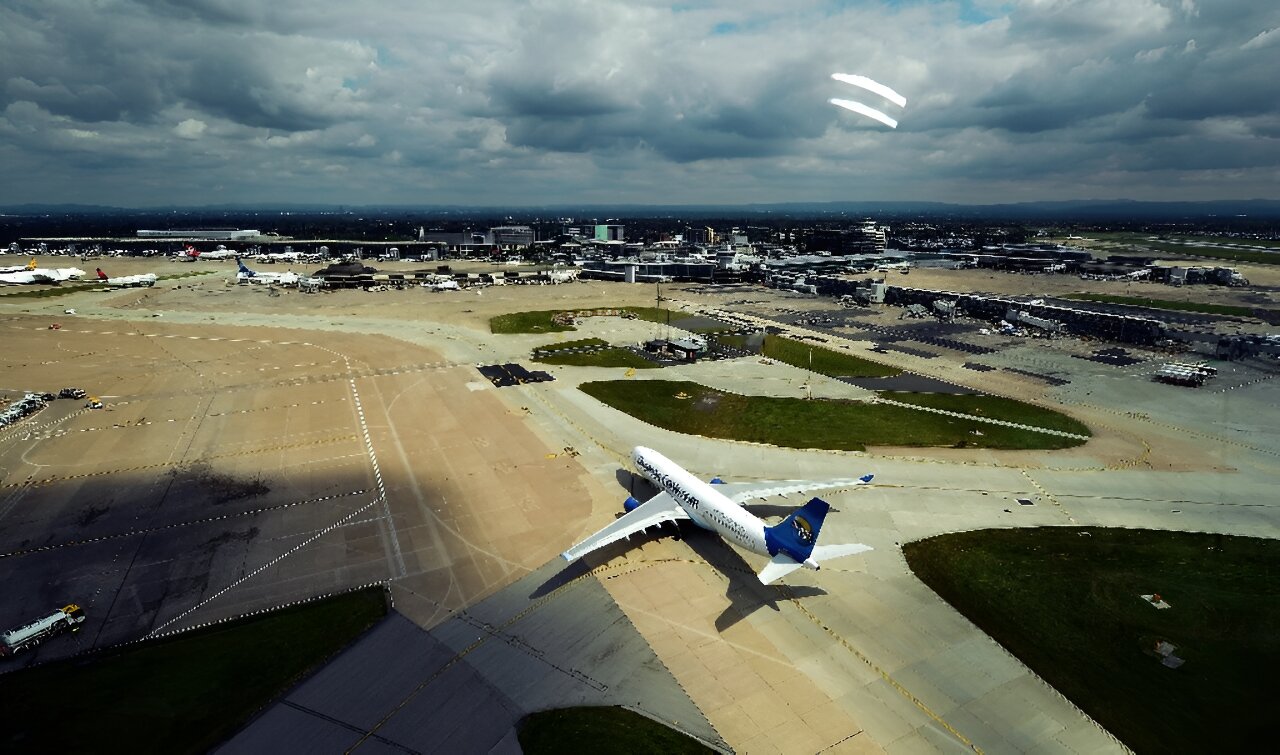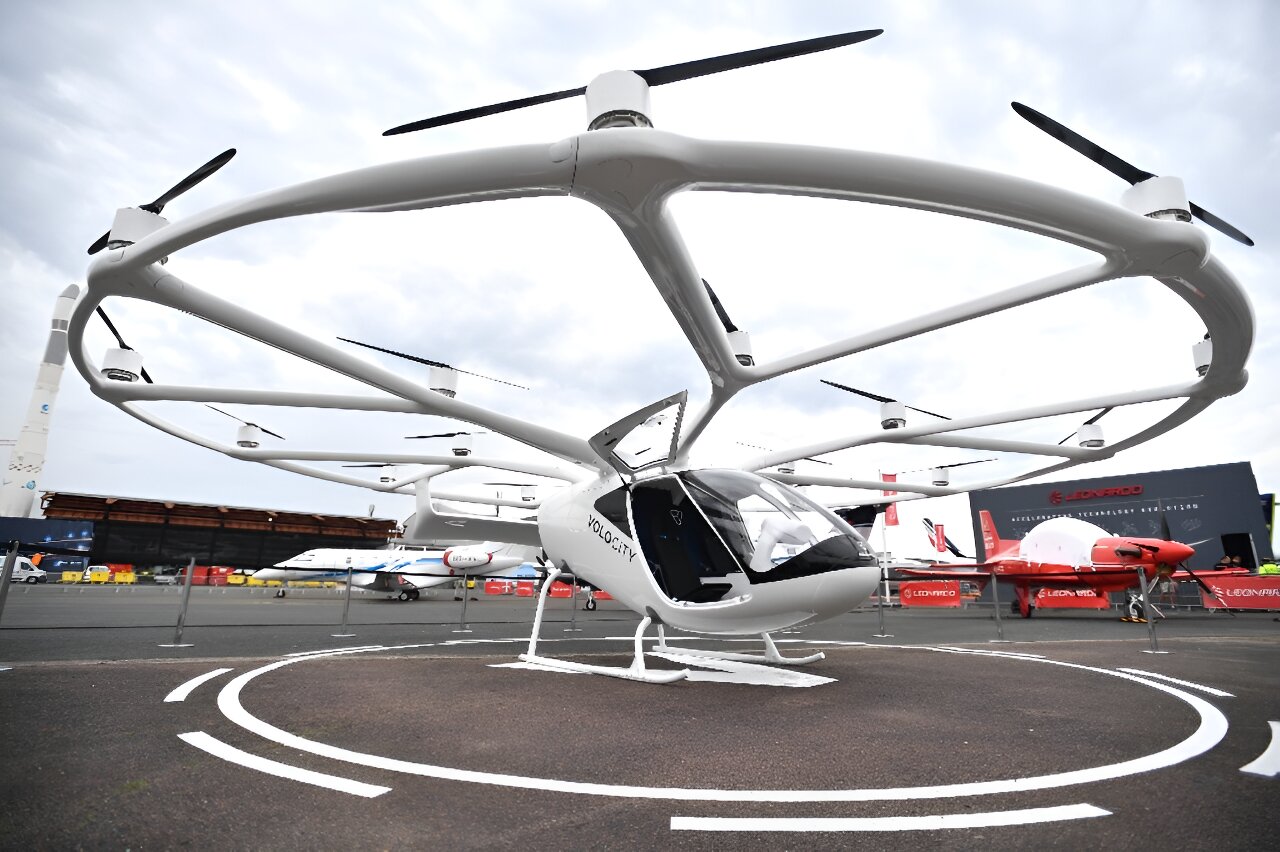
Using NASA’s first two-way, end-to-end laser relay system, pictures and videos of cherished pets flew through space over laser communications links at a rate of 1.2 gigabits per second—faster than most home internet speeds.
NASA astronauts Randy Bresnik, Christina Koch, and Kjell Lindgren, along with other agency employees, submitted photos and videos of their pets to take a trip to and from the International Space Station.
The transmissions allowed NASA’s SCaN (Space Communications and Navigation) program to showcase the power of laser communications while simultaneously testing out a new networking technique.
“The pet imagery campaign has been rewarding on multiple fronts for the ILLUMA-T, LCRD, and HDTN teams,” said Kevin Coggins, deputy associate administrator and SCaN program manager at NASA Headquarters in Washington. “Not only have they demonstrated how these technologies can play an essential role in enabling NASA’s future science and exploration missions, it also provided a fun opportunity for the teams to ‘picture’ their pets assisting with this innovative demonstration.”
This demonstration was inspired by “Taters the Cat”—an orange cat whose video was transmitted 19 million miles over laser links to the DSOC (Deep Space Optical Communications) payload on the Psyche mission. LCRD, DSOC, and ILLUMA-T are three of NASA’s ongoing laser communications demonstrations to prove out the technology’s viability.
The images and videos started on a computer at a mission operations center in Las Cruces, New Mexico. From there, NASA routed the data to optical ground stations in California and Hawaii. Teams modulated the data onto infrared light signals, or lasers, and sent the signals to NASA’s LCRD (Laser Communications Relay Demonstration) located 22,000 miles above Earth in geosynchronous orbit. LCRD then relayed the data to ILLUMA-T (Integrated LCRD Low Earth Orbit User Modem and Amplifier Terminal), a payload currently mounted on the outside of the space station.
Since the beginning of space exploration, NASA missions have relied on radio frequency communications to send data to and from space. Laser communications, also known as optical communications, employ infrared light instead of radio waves to send and receive information.
While both infrared and radio travel at the speed of light, infrared light can transfer more data in a single link, making it more efficient for science data transfer. This is due to infrared light‘s tighter wavelength, which can pack more information onto a signal than radio communications.

This demonstration also allowed NASA to test out another networking technique. When data is transmitted across thousands and even millions of miles in space, the delay and potential for disruption or data loss is significant. To overcome this, NASA developed a suite of communications networking protocols called Delay/Disruption Tolerant Networking, or DTN. The “store-and-forward” process used by DTN allows data to be forwarded as it is received or stored for future transmission if signals become disrupted in space.
To enable DTN at higher data rates, a team at NASA’s Glenn Research Center in Cleveland developed an advanced implementation, HDTN (High-Rate Delay Tolerant Networking). This networking technology acts as a high-speed path for moving data between spacecraft and across communication systems, enabling data transfer at a speed of up to four times faster than current DTN technology—allowing high-speed laser communication systems to utilize the “store-and-forward” capability of DTN.
The HDTN implementation aggregates data from a variety of different sources, like discoveries from the scientific instrumentation on the space station, and prepares the data for transmission back to Earth. For the pet photo and video experiment, the content was routed using DTN protocols as they traveled from Earth to LCRD, to ILLUMA-T on the space station. Once they arrived, an onboard HDTN payload demonstrated its ability to receive and reassemble the data into files.
-

A collage of the pet photos sent over laser links from Earth to LCRD (Laser Communications Relay Demonstration) to ILLUMA-T (Integrated LCRD Low Earth Orbit User Modem and Amplifier Terminal) on the space station. Animals submitted include cats, dogs, birds, chickens, cows, snakes, pigs, and more. Credit: NASA/Molly Kearns
-

The benefits of laser communications: more efficient, lighter systems, increased security, and more flexible ground systems. Credit: NASA/Dave Ryan
This optimized implementation of DTN technology aims to enable a variety of communications services for NASA, from improving security through encryption and authentication to providing network routing of 4K high-definition multimedia and more. All of these capabilities are being tested on the space station with ILLUMA-T and LCRD.
As NASA’s Artemis campaign prepares to establish a sustainable presence on and around the moon, SCaN will continue to develop ground-breaking communications technology to bring the scalability, reliability, and performance of the Earth-based internet to space.
Citation:
NASA’s laser relay system sends pet imagery to and from Space Station (2024, June 11)
retrieved 24 June 2024
from https://techxplore.com/news/2024-06-nasa-laser-relay-pet-imagery.html
This document is subject to copyright. Apart from any fair dealing for the purpose of private study or research, no
part may be reproduced without the written permission. The content is provided for information purposes only.

